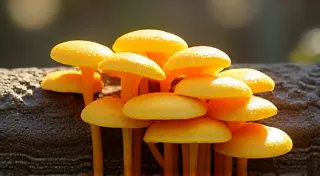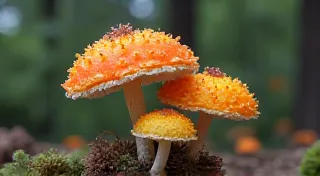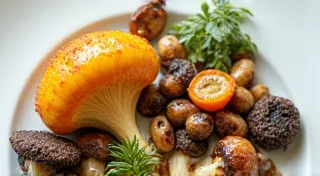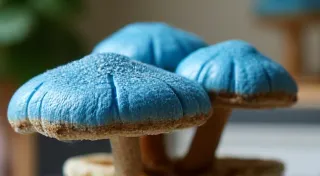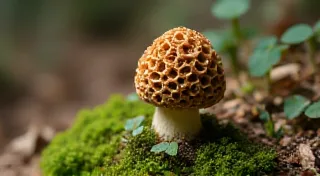Maitake Mushroom Cultivation: The Hen of the Woods
Maitake (Grifola frondosa), also known as Hen of the Woods, is a highly sought-after gourmet mushroom prized for its rich, earthy flavor and impressive appearance. Cultivating Maitake at home can be a rewarding experience, offering a delicious and unique addition to your culinary repertoire. This guide will cover the essential aspects of Maitake cultivation, from substrate selection to fruiting conditions.
Understanding Maitake – Grifola frondosa
The name "Maitake" translates to "dancing mushrooms" in Japanese, a reference to the belief that eating them brings happiness and longevity. Grifola frondosa is a polypore mushroom, meaning it grows on wood, typically older oak, maple, and beech trees. In the wild, it forms massive clusters, sometimes weighing over 50 pounds! While challenging to cultivate compared to more common varieties, with the right techniques, home cultivation is possible.
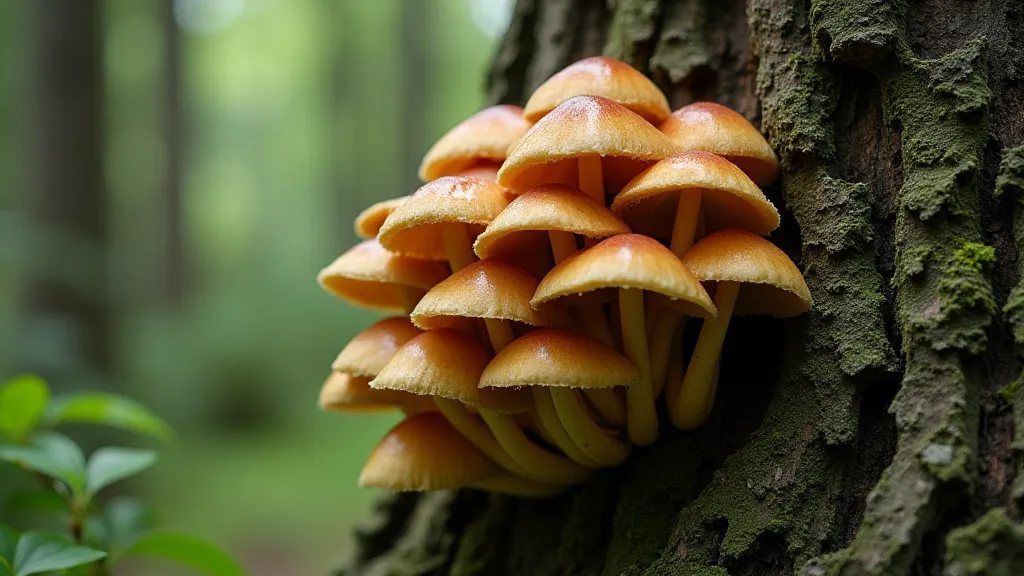
Substrate Preferences: Mimicking Nature
Maitake prefers a hardwood substrate, closely mimicking its natural habitat. While logs are the most authentic method, a supplemented sawdust block (SSB) approach is more practical for home cultivation. Here's a breakdown:
- Log Cultivation: Requires freshly cut hardwood logs (oak, maple, beech) approximately 4-8 inches in diameter and 3-4 feet long. This is a long-term project (1-3 years before first harvest).
- Sawdust Block (SSB) Cultivation: Utilizes a mixture of hardwood sawdust (oak is ideal), bran (wheat or rice), and water. The bran provides extra nutrients for the mycelium to colonize the substrate. This method offers faster fruiting (6-12 months to first harvest).
Regardless of the method, proper sterilization or pasteurization of the substrate is crucial to eliminate competing organisms.
Inoculation: Introducing the Mycelium
Once your substrate is prepared, it’s time to inoculate it with Maitake spawn. Maitake spawn is typically available in grain spawn form.
Log Inoculation: Drill holes (approximately 5/16" diameter) into the logs, spaced 6-8 inches apart. Insert the spawn into the holes and seal with wax (cheese wax or beeswax).
SSB Inoculation: The inoculated sawdust block is created by mixing spawn directly into the substrate during the filling of fruiting bags. Proper hygiene and a clean environment are paramount during this process to avoid contamination. Use a still air box or laminar flow hood if possible.
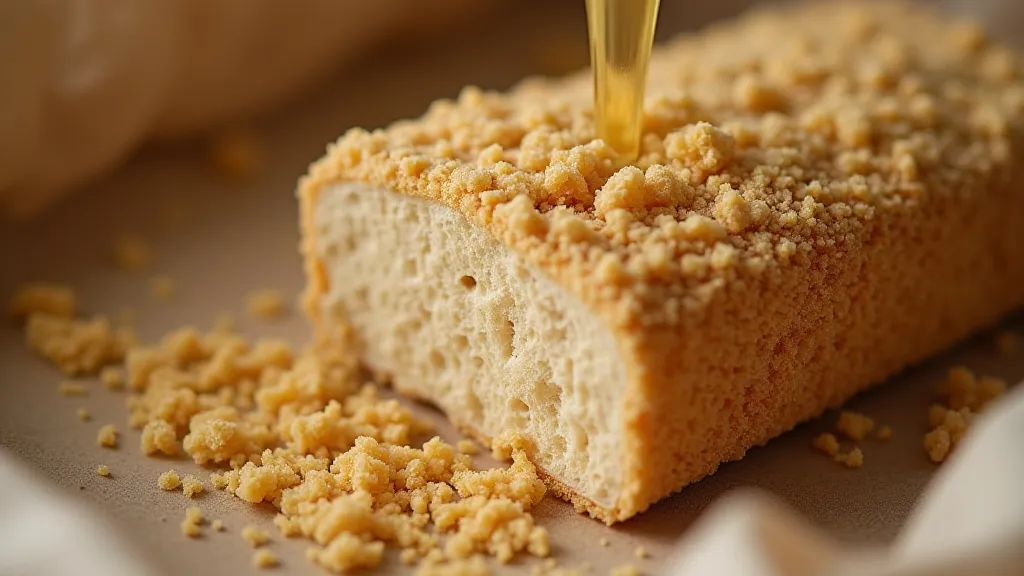
Fruiting Conditions: Encouraging Fruiting Bodies
Maitake requires specific environmental conditions to fruit successfully. Key factors include:
- Temperature: Maitake prefers cooler temperatures, typically between 50-70°F (10-21°C).
- Humidity: High humidity (85-95%) is essential. Regular misting is necessary.
- Light: While Maitake doesn't require intense light, some diffused light is beneficial for proper fruiting.
- Airflow: Adequate airflow is needed to prevent stagnant air and reduce the risk of disease.
For log cultivation, proper rainfall and shade are often sufficient. For SSBs, a humidity tent or chamber can be utilized to maintain optimal conditions.
Harvesting and Storage
Maitake mushrooms are typically ready to harvest when the caps have fully developed and are still relatively tightly closed. Harvest by twisting the entire cluster from the substrate.
Fresh Maitake mushrooms are best consumed shortly after harvest. They can be stored in the refrigerator for up to a week in a paper bag. Drying is also a good option for longer-term storage.
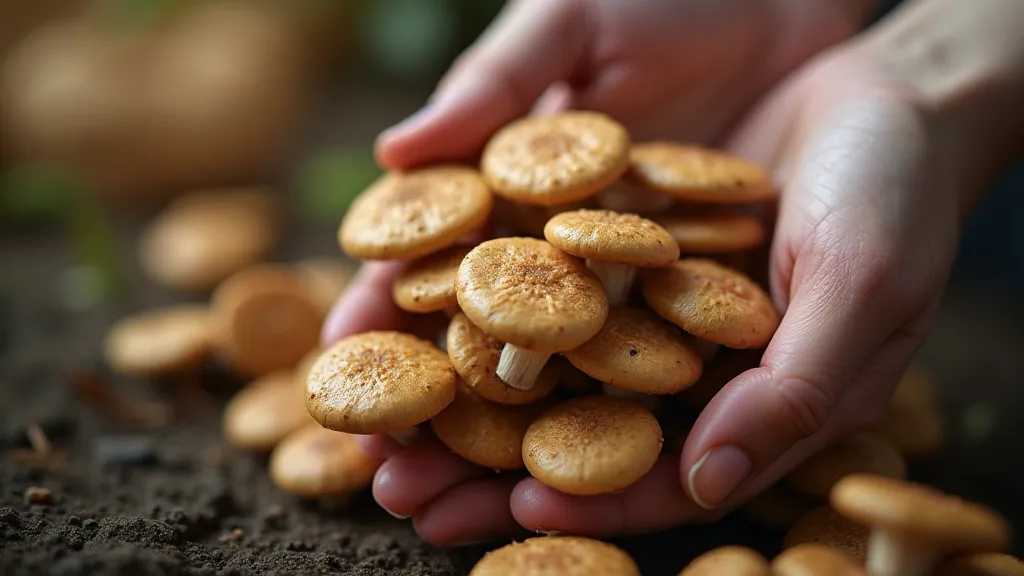
Conclusion
Cultivating Maitake mushrooms requires patience and attention to detail, but the reward of harvesting these delicious and unique gourmet mushrooms is well worth the effort. With careful adherence to proper techniques and environmental conditions, you can enjoy the taste of the "Hen of the Woods" right from your own home.
